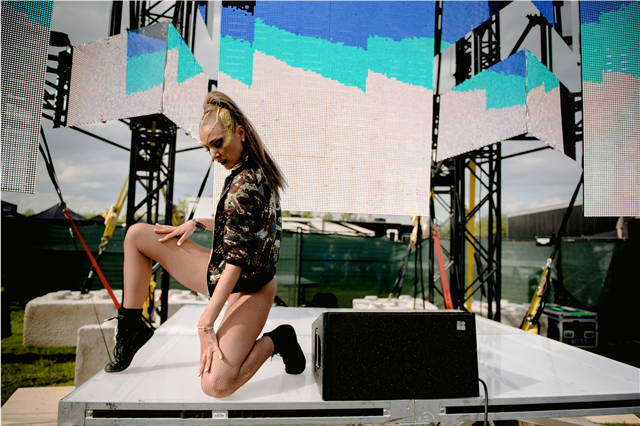
What are the applications of LED screens in museums and exhibitions
Museums and exhibitions have undergone a digital revolution, and LED screens are at the heart of this transformation. From ancient artifacts to modern art installations, these versatile displays are changing how we experience culture and history. Here are some fascinating applications you probably didn't know about:
Interactive Touch Screen Experiences
Modern museums are installing massive LED touch screens that allow visitors to explore 3D models of artifacts, zoom into microscopic details of paintings, or virtually reconstruct ancient civilizations. The Field Museum in Chicago uses interactive LED displays that let visitors "excavate" dinosaur fossils digitally.
Immersive Projection Mapping
LED projection technology creates stunning 360-degree environments that transport visitors through time. The Van Gogh Museum uses LED projection mapping to recreate the artist's bedroom, while some natural history museums project prehistoric landscapes onto entire walls, complete with moving dinosaurs.
Holographic Displays for Artifact Preservation
Here's a mind-blowing fact: Some museums use LED-powered holographic displays to showcase priceless artifacts without risking damage from handling or excessive light exposure. Visitors can view ancient manuscripts or fragile sculptures from every angle without touching them.
Dynamic Wayfinding and Navigation
Smart LED signage throughout exhibition spaces helps visitors navigate complex museum layouts. These systems can even personalize routes based on visitor interests and show real-time information about crowd density in different sections.
Augmented Reality Integration
LED screens combined with AR technology allow visitors to see historical events unfold before their eyes. The Imperial War Museum uses this technology to overlay historical footage onto current exhibition spaces, creating powerful juxtapositions between past and present.
Multilingual Accessibility Solutions
Modern LED displays can instantly translate exhibit information into dozens of languages. Some museums even offer sign language interpretation through LED video screens, making cultural experiences accessible to deaf visitors worldwide.
Climate and Conservation Monitoring
Interestingly, LED screens in museums often serve dual purposes – displaying exhibits while simultaneously monitoring environmental conditions. Specialized LED systems can detect and display real-time data about temperature, humidity, and light levels to ensure artifact preservation.
Virtual Reality Art Experiences
Art museums are using LED screens as portals to virtual reality experiences where visitors can "walk through" famous paintings or explore artists' studios. The Museum of Modern Art has experimented with LED-powered VR that lets visitors experience abstract art from the artist's perspective.
Timeline and Historical Visualization
LED displays excel at presenting complex chronological information. The Smithsonian uses massive LED timeline installations that can span centuries, with interactive elements allowing visitors to dive deeper into specific historical periods.
Scientific Visualization Centers
Natural history museums employ LED screens to display everything from molecular structures to galaxy formations. These high-resolution displays can show microscopic details magnified millions of times or present vast astronomical data in comprehensible formats.
Educational Gaming Stations
Many children's museums incorporate LED screens into educational games that teach history, science, and culture through interactive play. These systems often adapt difficulty levels based on visitor age groups automatically.
Live Demonstration Areas
Science museums use LED screens to broadcast live experiments or connect with researchers worldwide. Visitors can watch real-time archaeological digs or scientific discoveries as they happen, thousands of miles away.
Digital Restoration Displays
Perhaps one of the most impressive applications: LED screens can digitally restore damaged artworks or ancient texts. Visitors can see how the Mona Lisa might have looked when first painted or read texts that have been faded by time.
Social Media Integration Walls
Modern exhibitions feature LED "social walls" that display visitor photos and comments in real-time, creating community engagement and encouraging social sharing of the museum experience.
Energy-Efficient Lighting Solutions
Museums are increasingly using LED screens not just for displays but as ambient lighting that can change color temperature throughout the day, reducing energy consumption by up to 80% compared to traditional museum lighting systems.
The Future is Bright
As LED technology continues to evolve, museums are finding new ways to enhance visitor experiences while preserving cultural treasures. From flexible OLED screens that can curve around architectural features to transparent LED displays that overlay information onto physical exhibits, the possibilities seem endless.
The integration of LED screens in museums represents more than just technological advancement – it's a bridge between preserving the past and embracing the future, ensuring that cultural heritage remains accessible and engaging for generations to come.
Keywords: LED screens in museums, museum display technology, interactive museum exhibits, LED exhibition displays, digital museum technology, museum LED applications, exhibition screen technology, cultural display systems
Meta Description: Discover 15 incredible applications of LED screens in museums and exhibitions that are revolutionizing how we experience art, history, and culture through interactive technology and digital innovation.


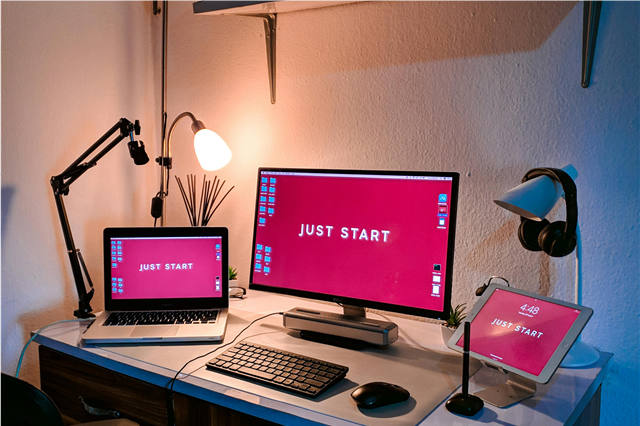
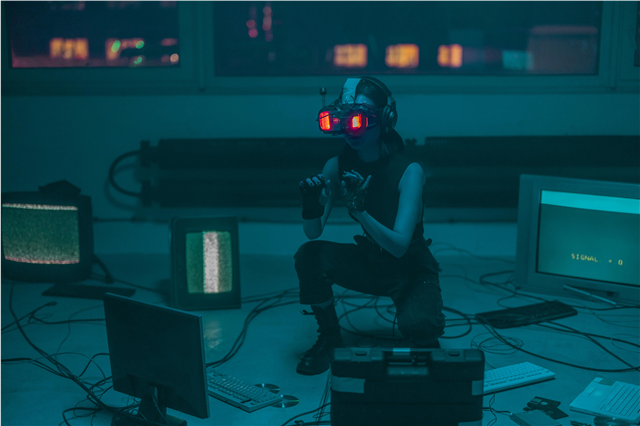
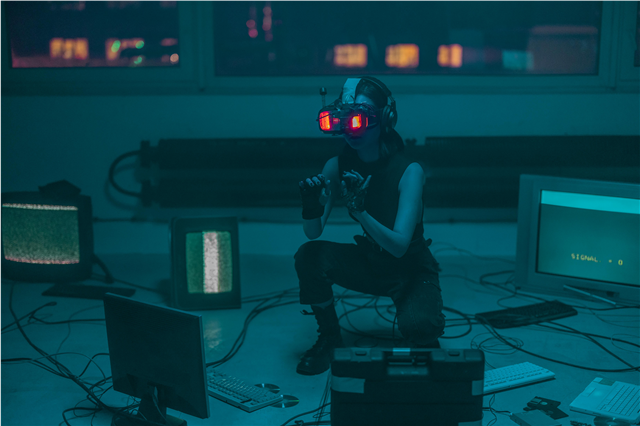
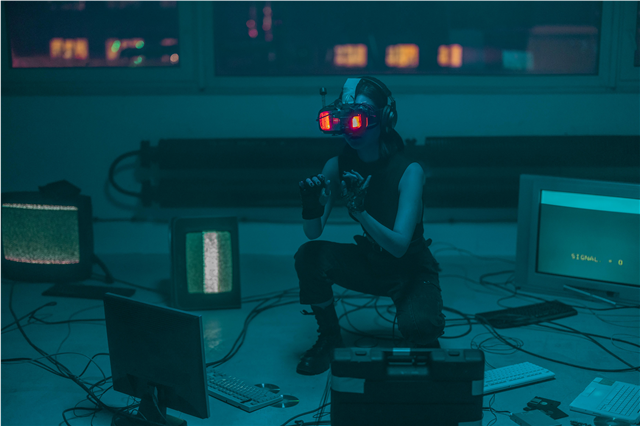
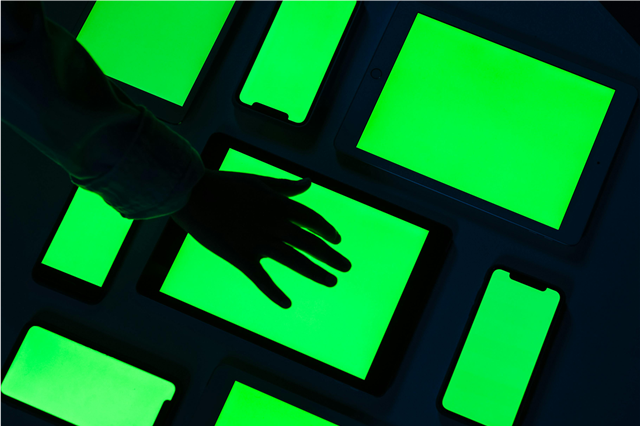
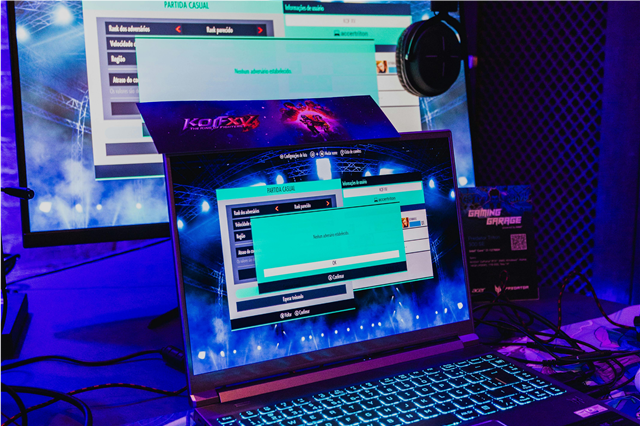
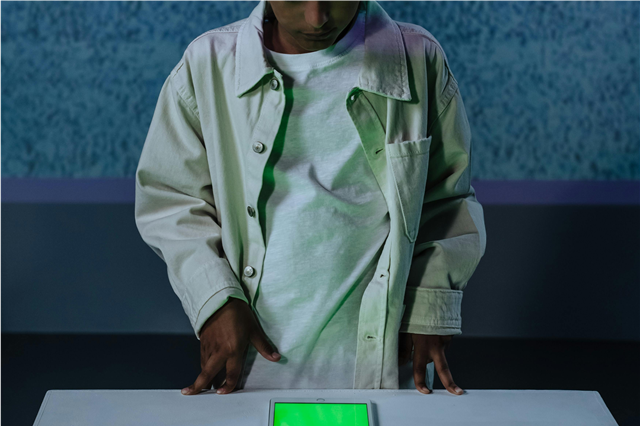







Post Comment